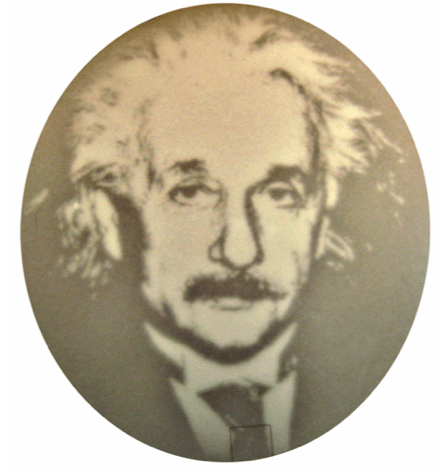Cold Spring Harbor Laboratory Synthetic Biology Course
In 2013, Jeff and Evan co-instructed the first synthetic biology course at the historic Cold Spring Harbor laboratory. We introduced students from a wide range of backgrounds to our recent methods for characterizing gene circuit dynamics using optogenetics. The students also helped design next generation 3D printed hardware for conducting these experiments with higher precision. The other instructors taught modules in metabolic engineering, in vitro transcription-translation (TX-TL), RNA circuit design, and mammalian synthetic biology. Additionally, leading synthetic biologists from around the country visited the course, lecturing on their research and vision and interacting informally with the students in the laboratory. We taught the course a second time in 2014, and are co-organizing the course, which has brought in several exciting new instructors, in 2015.
Bacterial photography in the classroom
Bacterial photography is performed using a genetically modified bacteria which has been engineered to see light and respond by changing color. When millions of these bacteria are spread over a surface, they will imitate any image you shine on them, capturing a bacterial photograph. This is a groundbreaking demonstration of our ability to engineer nature to perform a distributed computation in response to the environment, and a striking example of what the future holds in the exciting new field of synthetic biology.
We have created a high school kit which contains everything needed for a science class to create their own bacterial photographs. Teachers familiar with bacterial transformation kits will be at home executing our three day protocol. To create their Bactograph film students mix the bacteria into specially formulated culture media, which they then cast into film by polymerizing the media via a temperature change. To take a picture students attach a hand drawn image to the film and incubate the Bactograph. The next day students observe their own bacterial photographs and analyze their performance.
For more information and details on how to request a free Bactograph kit for your classroom please follow the link below.

